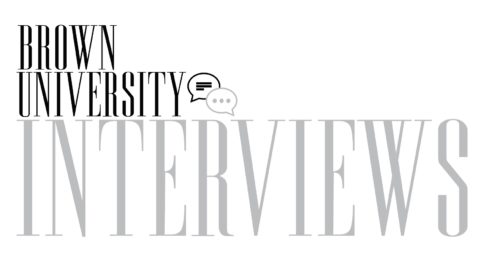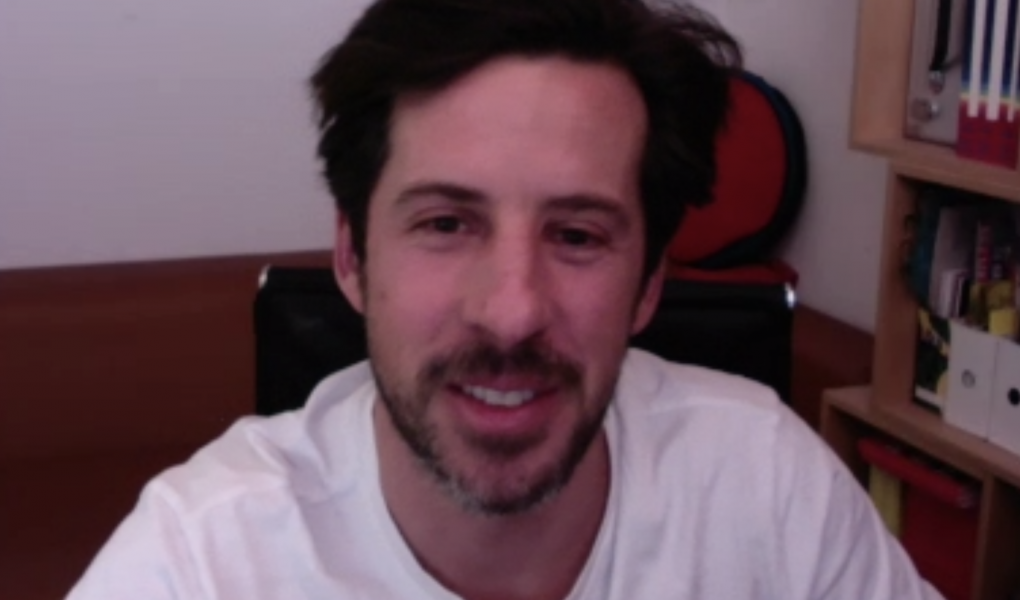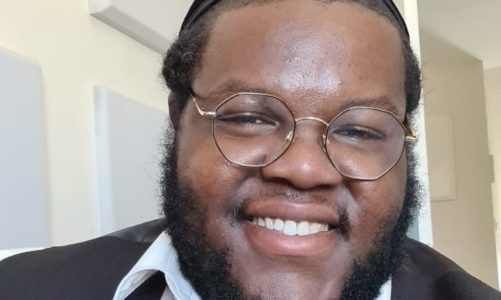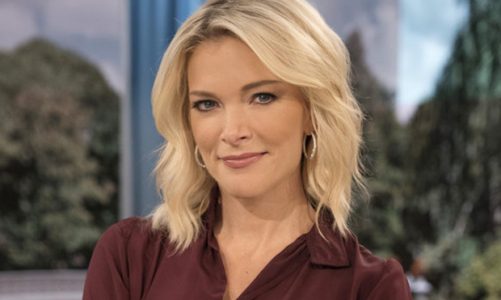
Jan Kaláb is a contemporary artist based in the Czech Republic. His art features dynamically colored designs of abstract shapes presented in various formats, including paintings, sculptures, NFTs, and installations. Kaláb’s artwork has appeared in countless countries and exhibitions all over the world, and can even be found on the streets in Paris or in Pilsen.
Jeremy Ha: I’m curious to hear about your evolution. Starting from being a graffiti artist in the ’90s under the name Cakes, and to later on getting a Master’s degree in 2006 –– can you tell us about your start in art, and your evolution through the present day?
Jan Kaláb: I had already gotten into graffiti by the time I started studying at a secondary school, where I chose to focus on fine arts. I started drawing and painting at a very early age and developed a passion for it. When I discovered graffiti, I just fell in love with both the art and the culture. But graffiti was illegal at the time, and wasn’t really something you would show in school, so for a while, the two were separate things.
What about graffiti attracted you?
It was shortly after the era of Communism ended, around the time of the fall of the Berlin Wall in 1989.
Western influences started coming and spreading to my country [Czech Republic]. And graffiti was one of them. On the streets appeared graffiti pieces made by tourists. When I saw them, immediately I was like, “Wow, what is this? It’s so amazing, colorful.” It was some kind of beautiful mystery.
Were there any artists in particular that inspired you? Or was it just the art itself?
In the beginning, I didn’t know much about graffiti. So it was something that I was really curious about. Of course I explored all the big names, but to me, one of the biggest was the Czech artist František Kupka, one of the first pioneers of abstract art. But graffiti was more about the whole culture than just one particular name. It’s art, but it is not art. It’s more culture, visual culture.
I’ve read that you aspire to have your work evoke abstract feeling. Is that why your work doesn’t have figures –– to let the colors themselves connect with the audience?
When I look at my compositions I almost don’t have a composition because it’s just shape. My earlier works have composition but the composition was made by objects, which came from letters. However, when artists start to do abstract form or art, they make abstractions out of human figures or landscapes. In a similar but different way, I abstract out of the letters, which are already abstract. Maybe a little weird, but I like it a lot.
When I first saw your artwork for the first time, I was reminded of this artist I like, James Turrell. Obviously you and he are from two different worlds, and I don’t want to make any comparisons, but I got the same feeling when seeing his light installations as I did when I saw your work. Do you feel some inspiration from him?
When I saw his work for the first time at The Guggenheim in New York, it was this massive light installation that illuminated and filled the entire space. It was so amazing –– I was so inspired by it.
Although this was later on [in my career], some of my works, I could say, are inspired by him. Or rather, it’s better to say I try to describe similar things that he does. It’s very minimalistic but at the same time very rich of emotions.
Is there a particular message that you want your work to communicate? Or do you leave that to the viewer?
I’m not sure if my intention is to describe something; maybe it’s to create something new or doesn’t exist yet.
Sometimes I feel shapes are too simple. But then I start to think, “Okay, when I do something more complicated, what do I get?” Because once you start to simplify, simplify, simplify, then you end up, in reality, with almost nothing. So I am on the edge of this –– complexity from simplicity and simplicity from complexity.
So I play around and sort of “wait” to find the best technique –– it’s very difficult to move forward in creations. Then suddenly I get one idea and it leads me somewhere. It’s kind of like exploration. For instance, one time I was working with circular shapes and had this idea of creating bubbles that would break the shape from the inside. It stayed the same thing, but became more complicated. Now, when I think I’ve reached the end of a piece, I push forward knowing that the end is actually when new ideas pop.
In addition to your paintings you also do public works –– I saw your Vibrating Corner in Paris and it’s spectacular. Do you prefer doing these big pieces? Or do you like the smaller, exhibition-type ones?
When I was younger I dreamt about painting big houses. “Big walls”: you don’t really get the chance like that often because there aren’t that many [humorously].
I have my studio now which is great, and I can create, but it’s kind of like the comfort zone now. To go out and paint a big wall is going out of my comfort zone. It’s also more of a challenge: you’re in a different city, you have to work with different, but amazing and talented people, and the weather can be unforgiving. But then the result is amazing because it’s in public –– everybody can see it. I love it. You really cannot compare. I definitely love doing big, big things. It’s more fun than doing small things.
As an artist, you like your work and people like your work, but sometimes these two things don’t coincide. How much do you take into account others’ opinions and expectations?
As an artist, you want people to like your work, but at the same time, your opinion is the best. It’s sometimes complicated, though, because everyone has doubts –– I have doubts, of course. But at the end of the day, I do it first for myself.
The more and more you do, the more and more you are defined by it. You’re also less free, or there are some expectations of what your work should be and you cannot necessarily do just something totally different. You can, but it has to be calculated –– you have to move in a certain evolution.
I think the most important thing is to be honest. Sometimes risks are more successful, sometimes less so –– but it’s all for exploration.
Is there a piece of advice you always keep in mind as an artist, or a motto that’s helped you throughout your career?
Do things as perfectly as you can. Every piece that I do has to be perfect, 100% finished. You never know where a piece will end up, so you want it to truly represent you, even if it’s one small work you did years ago. I want to stand for every piece.
It’s very difficult when you look at other artists, though. For example, you mentioned James Turrell: because his work is so strong, there’s unbridled inspiration that cannot be bottled up just because you don’t want to copy. But maybe it’s better to steal than to copy.
When you embrace the steal, you have to have the confidence of saying you stole. The power comes from doing it differently through the expression of your own ideas or statements.
This task is daunting as an artist. The last thing you want is somebody comparing your work and being reminded of something already done. This is the fight of the artistic career, being original in creating your own language.
I think the best analogy I have is Kobe Bryant. He’s come out and said how he copied “Damn near 100 percent” of Michael Jordan’s technique, but look how far it’s gotten him. People call it the Kobe Fadeaway. People don’t say, “Oh, he just copied MJ,” because Kobe made it his own thing. So I like how you said how it’s almost better to steal than to copy –– let’s embrace other artists.
You need self-confidence if you steal, and as an artist you need self-confidence.
*This interview has been edited for length and clarity.




